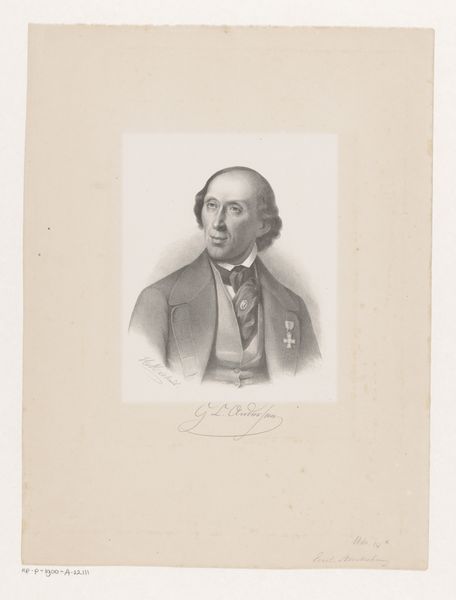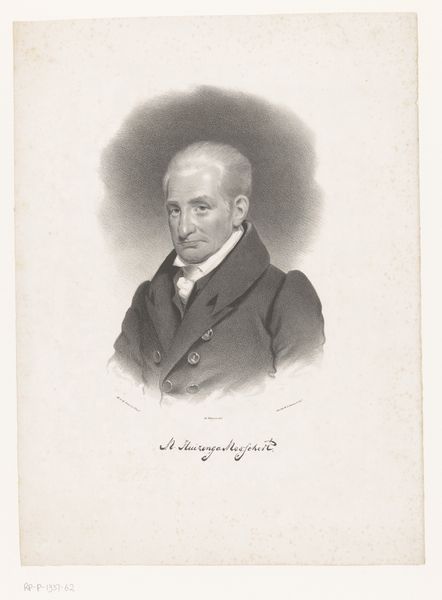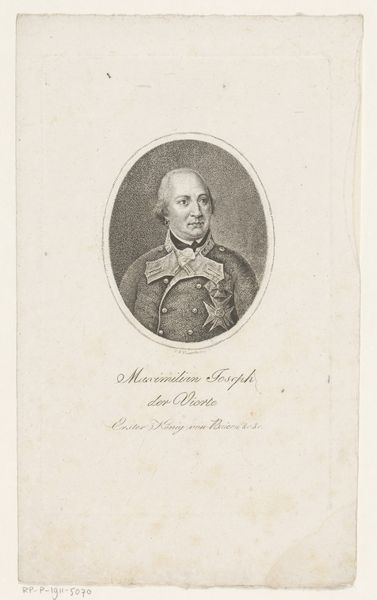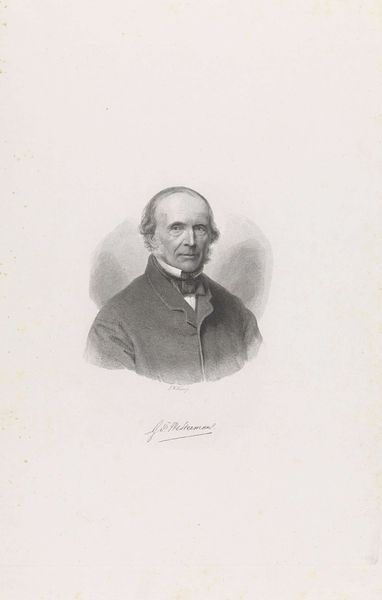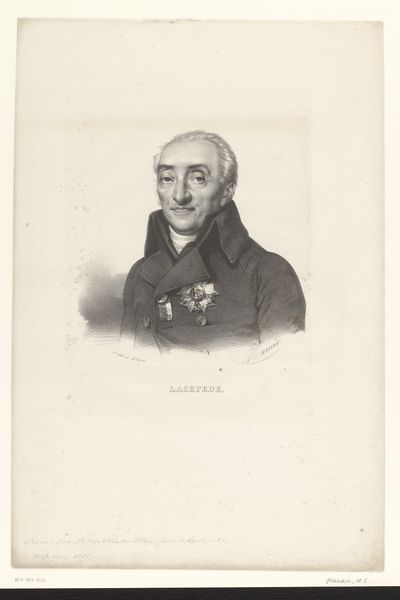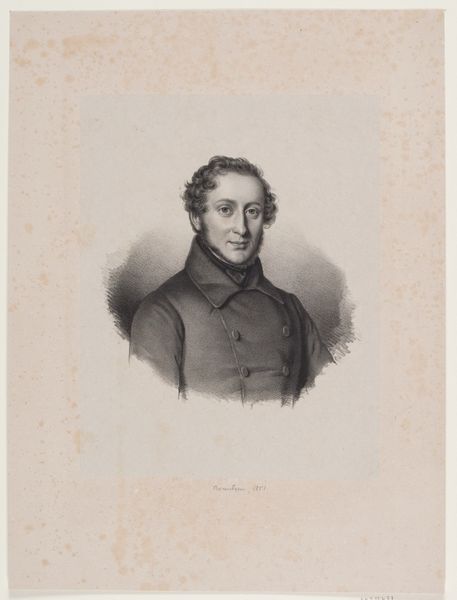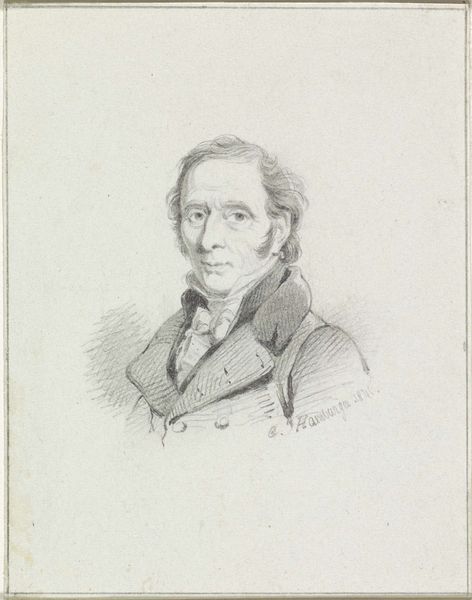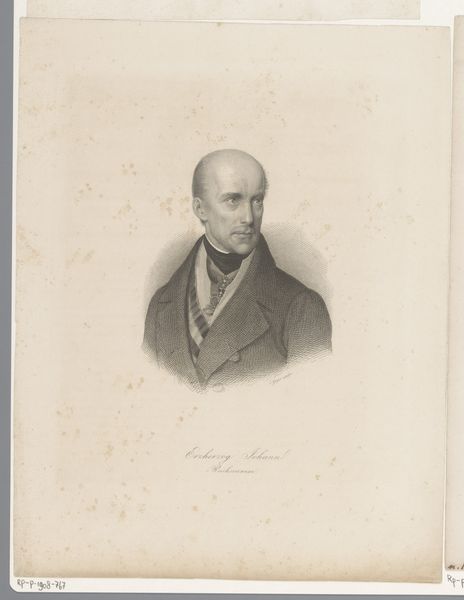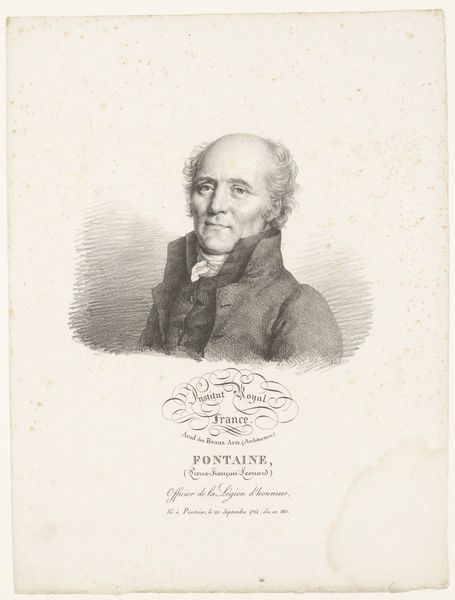
drawing, graphite
#
portrait
#
drawing
#
neoclacissism
#
pencil drawing
#
graphite
Dimensions: height 360 mm, width 272 mm
Copyright: Rijks Museum: Open Domain
Curator: Julien-Léopold Boilly's 1821 graphite drawing, "Portret van de architect Charles Percier," immediately strikes me as a work imbued with an air of Neoclassical reserve. Editor: My first thought is its sheer elegance. It looks like it's achieved with an economy of means, primarily graphite, highlighting a masterful handling of material. What's your reading? Curator: I agree. And consider the social context; Boilly, a renowned portraitist, captures Percier, a prominent architect of the era. The drawing isn't merely a likeness but also a symbolic representation of Percier’s professional standing and the values associated with architecture, design, and male identity at the time. Editor: Definitely. And the choice of graphite, though seemingly simple, speaks to the rising interest in industrial materials in the arts at that moment. The level of detail with a seemingly humble medium points towards the value placed on process. Curator: It reminds me how much the rise of Neoclassicism reflected shifting sociopolitical concerns. Look at how the crisp lines convey authority, perhaps even legitimizing certain class structures prevalent in that historical context. I think Boilly subtly plays into it. Editor: Perhaps so. But it’s hard to dismiss the work solely based on social commentary. The visible craft involved— the pressure of the graphite on paper and creation of this work itself—becomes a potent force in my reading of it. Curator: That's an interesting perspective. Ultimately, this work shows the intersection between design, materials, social commentary, and, of course, portraiture. There's an accessibility afforded by that synthesis. Editor: Yes, Boilly uses seemingly basic means and materials to show us that even simplicity can hold complexity.
Comments
No comments
Be the first to comment and join the conversation on the ultimate creative platform.

